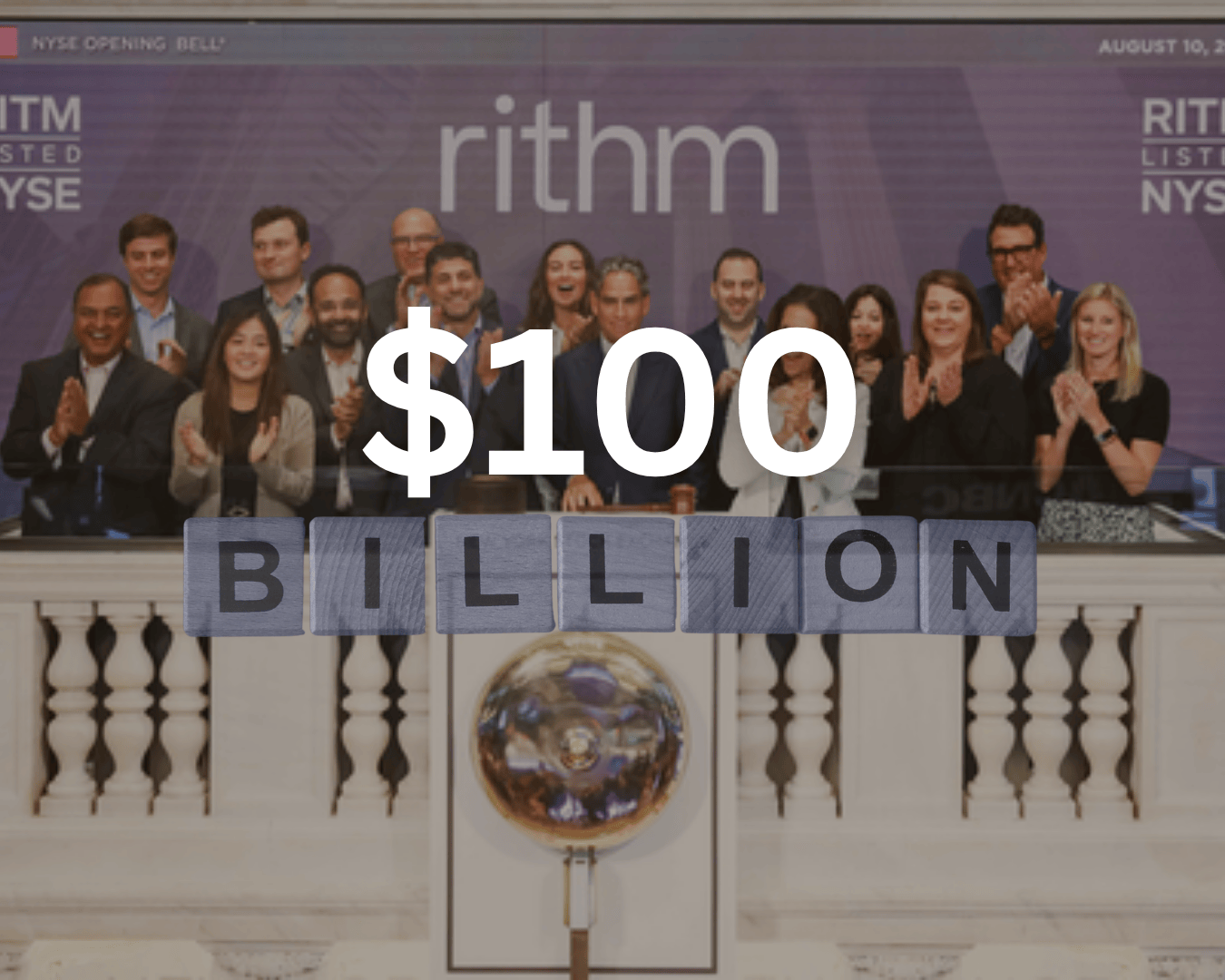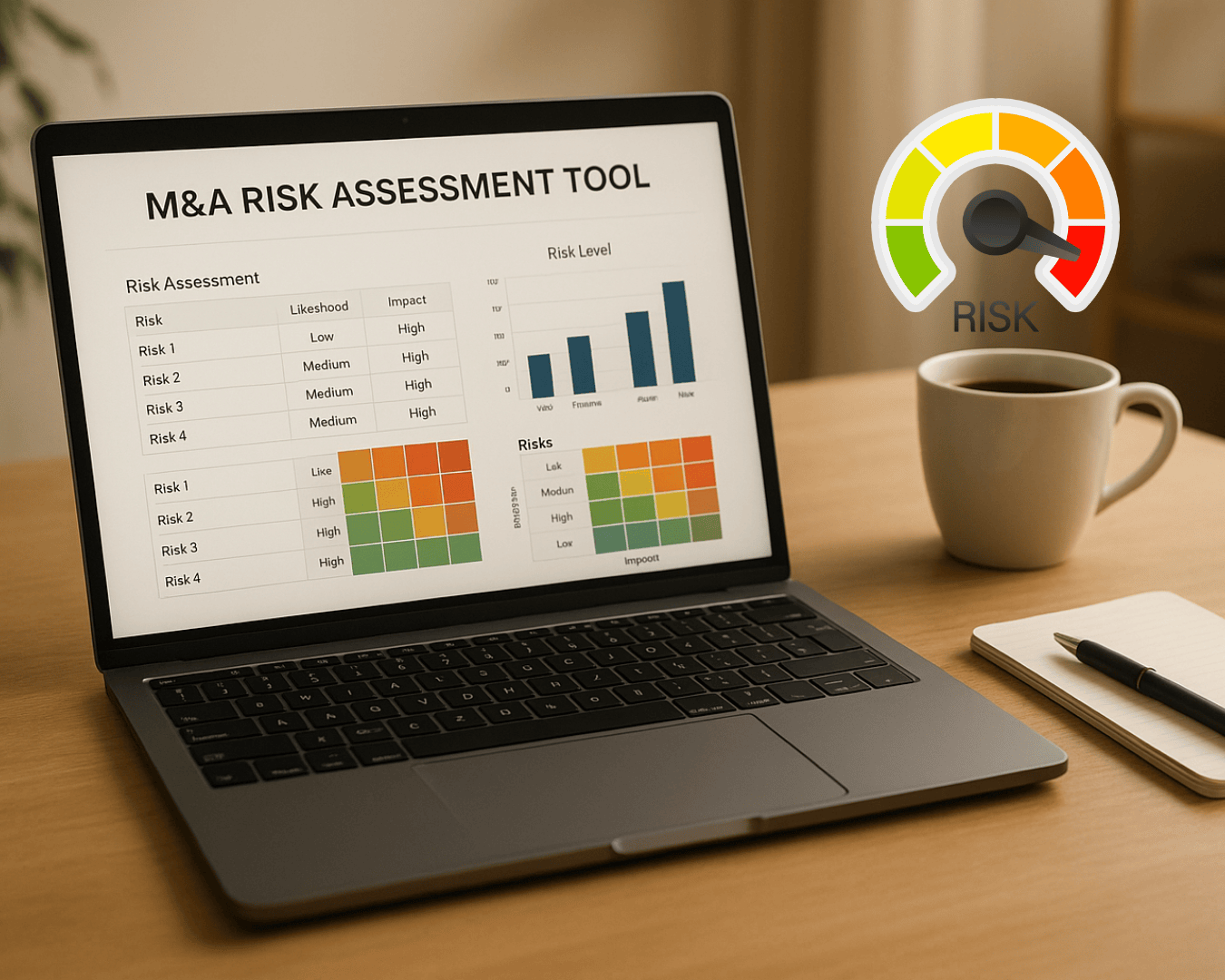Machine learning is transforming how small and medium businesses (SMBs) detect fraud by analyzing patterns, spotting anomalies, and reducing false positives. Fraud in SMB transactions can involve tactics like identity theft, fake contracts, or Business Email Compromise (BEC), which caused $2.4 billion in losses in 2021. Traditional methods, like manual reviews, often fail due to human error, high costs, and inefficiency. With fraud tactics evolving, SMBs need faster, smarter systems.
Key Takeaways:
- Why Machine Learning Works: It processes thousands of data points in milliseconds, identifies subtle patterns, and updates itself to counter new fraud tactics.
-
Techniques Used:
- Supervised learning classifies transactions as legitimate or fraudulent.
- Unsupervised learning detects anomalies without labeled data.
- Hybrid models combine both for better accuracy.
- Real-World Impact: Machine learning reduces fraud losses, improves detection rates, and lowers operational costs. For instance, some systems increased fraud detection rates by 20% while cutting false positives by 70%.
Despite its benefits, challenges include high initial setup costs, the need for large datasets, and potential biases in the algorithms. To stay ahead, SMBs should pair machine learning with human expertise and ensure continuous updates to their systems.
Quick Comparison:
| Aspect | Machine Learning | Manual Detection |
|---|---|---|
| Speed | Milliseconds per transaction | Hours to days per review |
| Scalability | Handles thousands of transactions | Limited by human capacity |
| Accuracy | Improves with more data | Varies by experience |
| Cost | High upfront, lower ongoing | Low upfront, high labor |
| Adaptation to New Tactics | Updates automatically | Requires manual updates |
Machine learning is reshaping fraud detection, offering SMBs a powerful tool to protect transactions while improving efficiency.
Using AI for Fraud Detection: Recent Research Insights and Emerging Opportunities
Core Machine Learning Techniques for Fraud Detection
Fraud detection in SMB deals relies on three primary machine learning techniques. Each method offers distinct advantages, and combining them often yields the most effective defense against fraudulent activities.
Supervised Learning for Fraud Classification
Supervised learning is one of the most widely used approaches in fraud detection. It involves training algorithms with labeled data - transactions categorized as either "good" or "bad" - to identify patterns associated with fraud. By analyzing thousands of examples of legitimate and fraudulent transactions, these systems can predict high-risk transactions with remarkable accuracy. However, this method requires a substantial dataset where each transaction is clearly marked as fraudulent or legitimate.
One challenge with supervised learning is the imbalance in datasets, as fraudulent transactions typically make up only a small fraction of the total. To address this, techniques like upsampling (increasing the number of fraud samples) or downsampling (reducing legitimate samples) are often employed.
Major financial institutions use supervised learning to flag unusual behavior. For instance:
- Bank of America monitors customer transactions for anomalies, such as large international purchases or clusters of small transactions, that deviate from typical spending patterns.
- American Express uses algorithms capable of analyzing millions of transactions per second to identify red flags like high-value purchases made in quick succession or at odd hours.
- PayPal evaluates each transaction using factors like geolocation, device details, and historical behavior to assess risk.
That said, supervised learning has its limitations. If a particular type of fraud isn’t represented in the training data, the model may fail to detect it. This makes regular updates crucial to keep pace with evolving fraud tactics.
Unsupervised Learning for Anomaly Detection
Unsupervised learning (UML) is a powerful tool for uncovering new and complex fraud patterns. Unlike supervised learning, UML doesn’t rely on labeled data. Instead, it analyzes large volumes of unlabeled transactions to identify unusual patterns or anomalies that could indicate fraud. This capability also helps reduce false positives, making fraud detection systems more reliable.
The importance of UML is underscored by the fact that 51% of organizations have reported experiencing fraud. A notable example involves a financial institution that identified a sophisticated fraud ring through UML. The ring, led by a social media influencer, used falsified income details and personal data to commit credit fraud. By leveraging DataVisor's UML tools, the institution increased its fraud detection rate from 52% to 97%, preventing $900,000 in losses.
UML also provides specific explanations for flagged transactions, such as unusual user behavior or suspicious timing. Techniques like anomaly detection, clustering, and graph analysis enable these models to monitor data in real time, making them resilient to outliers and data irregularities.
Combined Model Approaches
Blending supervised and unsupervised techniques into hybrid models creates a more robust fraud detection system. These models combine the efficiency of rule-based systems with the adaptability of machine learning, enhancing both accuracy and reliability. Rule-based systems excel at identifying known fraud patterns, while machine learning models continuously adapt to uncover new tactics.
For example, a study demonstrated that a hybrid system achieved 96% accuracy, 92% recall, and 90% precision in fraud detection. In another case, a loan originator combined DataVisor's UML model with its existing supervised learning system, resulting in a 20% increase in fraud detection and a 70% decrease in false positives. These ensemble approaches, which integrate rule-based and machine learning components, effectively balance precision and recall.
In SMB deals, hybrid models are especially valuable for detecting subtle deviations in transactional behavior. They can integrate with broader cybersecurity frameworks and external data sources, such as behavioral analytics and device fingerprinting, to strengthen fraud prevention efforts. Regular updates ensure these systems remain effective against evolving fraud tactics.
How Machine Learning Identifies Fraudulent SMB Deals: Step-by-Step Process
To understand how machine learning detects fraudulent activity, it's helpful to break down the process into clear steps. Each phase builds on the last, creating a system that can spot suspicious behavior in real time.
Data Collection and Processing
Machine learning models analyze a wide variety of data points from each transaction as it happens. The system pulls information from multiple sources to form a complete view of each deal. Key transaction details - such as the amount, payment method, merchant ID, and timestamp - serve as the foundation. Behavioral signals, like mouse movements, typing speed, and navigation patterns, add another layer of insight. Device and network data, including IP addresses, device fingerprints, and geographic locations, further enrich the analysis. Historical transaction data helps establish a baseline for what constitutes "normal" spending behavior.
Before this data can be used, it undergoes extensive processing. Feature engineering transforms raw data into meaningful inputs that the machine learning models can interpret. For supervised learning models, this step includes labeling transactions as either "good" (legitimate) or "bad" (fraudulent).
| Data Category | Examples |
|---|---|
| Transaction Details | Amount, payment method, merchant ID, timestamp |
| Behavioral Indicators | Mouse movements, typing patterns, session duration |
| Device Information | IP address, browser type, operating system, geolocation |
| Historical Data | Previous transactions, account age, spending patterns |
Once the data is processed and features are created, the model is ready for training.
Feature Engineering and Model Training
Feature engineering plays a crucial role in building fraud detection systems. By extracting patterns from raw data, it creates features that help identify fraudulent behavior. This step often requires expertise and experimentation to determine which features are most effective. For instance, combining data points - such as the ratio of international to domestic transactions or identifying activity outside typical business hours - can produce more insightful features. These custom features allow the model to detect deviations from a user's usual behavior, as well as regional patterns.
During training, the model learns to identify fraud by analyzing historical data. Thousands of labeled transactions are fed into the system, enabling it to pick up on subtle patterns that might otherwise go unnoticed. The result is a model capable of calculating a risk score for each transaction, indicating its likelihood of being fraudulent.
Real-Time Fraud Detection and Risk Scoring
Once trained, the system moves into live evaluation. In real time, machine learning models analyze incoming transactions by comparing multiple data streams. For example, a financial institution deployed a system using neural networks to generate two fraud scores: one reflecting the overall risk of an account and another evaluating the risk of individual transactions. This dual-score approach allowed the institution to correct nearly $1 million in transactions per month that had been wrongly flagged as fraudulent, while also identifying an additional $1.5 million in undetected fraud.
Risk scores assign a numerical value to each transaction, with higher scores signaling greater risk. Based on these scores, transactions may proceed automatically, require additional verification, or be blocked entirely.
Continuous Learning and Model Updates
Fraud detection is not static - systems must adapt to keep up with new threats. Machine learning models are continuously updated with fresh transaction data, including both legitimate and fraudulent examples, to improve their accuracy over time. For instance, deepfake-related fraud incidents have grown significantly, now accounting for 7% of all fraud cases as of 2024. This rapid evolution highlights the need for constant updates.
Models are retrained regularly, ranging from weekly to quarterly, depending on the volume of new data. Continuous monitoring ensures the system remains effective, adjusting as new fraud patterns emerge. Businesses are encouraged to use their own customer data when training these models, as it reflects their specific environment, though generic models based on broader trends can also be helpful.
This ongoing cycle of updates and monitoring keeps fraud detection systems sharp, helping businesses protect themselves and their customers from financial risks.
sbb-itb-a3ef7c1
Machine Learning Applications in the SMB Marketplace
Small and medium-sized businesses (SMBs) face unique challenges when it comes to fraud, with 64% of SMEs reporting payment fraud incidents in the past year. Machine learning offers powerful tools to tackle these vulnerabilities, providing detection methods that evolve alongside emerging threats.
Behavioral Biometrics for User Verification
One standout application of machine learning is behavioral biometrics. These systems track how users interact with devices and platforms, creating a unique "digital fingerprint" for each individual. By establishing a baseline profile of typical user behavior, the system can monitor real-time activity and flag any deviations for further verification. This approach is especially effective for SMBs, where secure and efficient identity verification can make a big difference in preventing fraud during transactions.
Anomaly Detection in Transaction Patterns
Anomaly detection is another critical tool for modern fraud prevention in SMB marketplaces. Machine learning algorithms excel at spotting unusual patterns faster than manual reviews. These anomalies generally fall into three categories:
- Point anomalies: Single transactions that stand out as suspicious.
- Contextual anomalies: Transactions that seem legitimate on their own but raise concerns when viewed in a specific context.
- Collective anomalies: Groups of transactions that, together, indicate potential fraudulent activity.
By using machine learning-driven fraud detection models, SMBs can reduce financial losses by up to 52% compared to traditional rule-based systems. With real-time monitoring, these systems can quickly identify and respond to suspicious activities, ensuring timely intervention. This lays the groundwork for more advanced AI tools that enhance transaction security.
AI-Powered Deal Verification Tools
AI-powered tools bring a significant advantage to SMB marketplaces by analyzing patterns, identifying risks, and adapting to secure transactions. For example, document and identity verification systems use AI to cross-check documents and facial recognition data, while network analysis helps uncover links between devices and accounts to expose organized fraud networks. Additionally, machine learning algorithms scan unstructured data - such as emails, reviews, and social media - for warning signs.
Many SMB platforms now integrate these AI-powered tools with user verification processes, advanced search capabilities, and automated due diligence measures. These systems use risk scoring to assess transactions based on factors like amount, frequency, and location. This allows low-risk transactions to be approved automatically while flagging higher-risk ones for further investigation.
The global market for AI-powered fraud detection is projected to hit $15.4 billion by 2027. As fraud tactics evolve, machine learning models are continuously updated to stay ahead of new threats. This adaptability ensures SMB marketplaces have the tools they need to protect their transactions while scaling their operations securely and efficiently.
Benefits and Limitations of Machine Learning in Fraud Detection
Machine learning (ML) is reshaping fraud detection, particularly in small and medium-sized business (SMB) transactions. While its advantages are impressive, there are notable challenges that businesses need to consider. Understanding both sides of the coin is crucial for making smart decisions about adopting these technologies.
Benefits of Machine Learning in Fraud Detection
One of the standout strengths of ML is its speed and efficiency. These systems can analyze transactions in milliseconds, approving legitimate ones almost instantly. They’re also built to handle massive volumes, processing thousands of transactions at the same time. This means businesses can identify and stop fraudulent activity before it causes major damage - all while keeping legitimate transactions moving smoothly.
Another key advantage is adaptability. ML systems are designed to learn continuously, updating themselves as they encounter new fraud tactics. This eliminates the need for frequent manual updates, allowing the system to stay ahead of emerging threats.
Accuracy is another area where ML shines. By analyzing hundreds of variables at once, these systems can detect subtle, complex patterns that human reviewers might miss. Over time, this leads to better fraud detection rates and fewer false positives, reducing unnecessary disruptions for customers.
Despite these benefits, ML isn’t without its challenges.
Limitations and Challenges
For ML to work effectively, it requires access to large and diverse datasets. Many companies, especially smaller ones, struggle to gather the volume and variety of data needed to train these models effectively.
Cost is another significant hurdle. Setting up an ML system often involves hefty investments in both hardware and software, which can be a barrier for SMBs.
Bias in algorithms is a persistent issue. If the data used to train an ML model contains biases, the system can unintentionally perpetuate those biases. This might result in unfair treatment of certain customer groups or regions.
Another challenge is transparency. Many ML systems function as "black boxes", meaning they can make decisions without clearly explaining their reasoning. This lack of clarity can complicate investigations and make regulatory compliance more difficult.
Additionally, maintaining these systems requires skilled data scientists to fine-tune and optimize them regularly. For smaller businesses, finding and affording such talent can be a major obstacle.
Finally, while ML systems are designed to adapt, they still require relevant training data to recognize new fraud schemes. Until enough data accumulates, novel tactics may go undetected.
The table below highlights how ML compares to traditional manual methods in fraud detection.
Comparison Table: Machine Learning vs. Manual Methods
| Aspect | Machine Learning | Manual Methods |
|---|---|---|
| Processing Speed | Milliseconds per transaction | Hours to days per review |
| Scalability | Handles thousands of transactions | Limited by human capacity |
| Accuracy | Improves with more data | Consistent but may miss nuances |
| Cost Structure | High upfront costs, lower ongoing | Low initial costs, high labor |
| Adaptability | Adjusts automatically to new patterns | Requires manual updates |
| Transparency | Limited ("black box") | Clear reasoning for decisions |
| Data Requirements | Needs large, diverse datasets | Works with limited data |
| False Positive Rate | Decreases with training | Varies by analyst experience |
| 24/7 Operation | Continuous monitoring | Limited by working hours |
| Novel Fraud Detection | Struggles at first with new patterns | Can spot unusual behavior intuitively |
The adoption of machine learning in fraud detection is on the rise. Currently, 18% of anti-fraud professionals already use AI/ML tools, and another 32% plan to integrate them within the next two years. This growth reflects the growing belief that the advantages of ML often outweigh its challenges.
In practice, the best fraud detection strategies combine the strengths of ML with human expertise. While algorithms provide speed and scalability, experienced fraud analysts bring the critical judgment and intuition needed to address complex cases effectively. Together, they form a powerful defense against fraud.
The Future of Fraud Detection in SMB Deals
Fraud detection in small and medium business (SMB) transactions is advancing at an incredible pace, driven by increasingly sophisticated fraud tactics and the demand for smarter, machine learning-based systems.
The market for AI-based fraud detection is expected to hit $31.69 billion by 2029, with an annual growth rate of 19.3%. This surge highlights the pressing need for advanced solutions, as traditional rule-based systems struggle to keep up with the ever-changing tactics of fraudsters.
New technologies like federated learning, explainable AI, and multimodal deep learning are reshaping the landscape. Federated learning allows organizations to collaborate on fraud detection models without sharing sensitive data. Explainable AI makes automated decisions more transparent, helping businesses understand and trust these systems. Multimodal deep learning, which can analyze text, images, and behavioral patterns all at once, has achieved fraud detection accuracy rates as high as 90%. Together, these innovations are setting the stage for a more effective and efficient approach to fraud prevention.
Key Takeaways
While earlier discussions covered current machine learning techniques, the next wave of technology promises even more robust fraud detection. The shift toward proactive fraud prevention is redefining how risks are managed. Autonomous AI systems are now capable of continuously monitoring for threats, identifying risks, and acting preemptively to stop fraud before it happens. This shift is critical, as fraudsters increasingly use AI themselves - AI is now involved in 50% of fraud cases.
"It's not a human versus AI anymore. It's now AI vs. AI." - Raj Ramanand, CEO of Signifyd
The government sector offers a glimpse into the potential of these advancements. For example, the U.S. Treasury’s enhanced fraud detection systems, powered by machine learning, helped prevent and recover over $4 billion in Fiscal Year 2024. This demonstrates the tangible impact of well-executed machine learning strategies.
However, there are challenges that must be addressed for long-term success. High-quality data is essential - SMBs need consistent, accurate, and complete datasets to build effective models. Organizations must also actively work to identify and correct biases in their data to ensure fair and reliable outcomes.
Opportunities for SMB Stakeholders
These advancements open up significant opportunities for SMB stakeholders to secure transactions and streamline deal processes. Tools like behavioral biometrics and AI-driven verification systems are becoming critical components of secure transaction platforms.
Platforms like Clearly Acquired illustrate how these technologies can be integrated. By combining features such as user verification, automated NDA deployment, and AI-powered tools within a single deal management system, these platforms enhance security while simplifying the acquisition process.
A risk-based approach is key to success. This involves focusing on high-risk customers and transactions through real-time monitoring and automated fraud risk scoring, enabling businesses to respond quickly to potential threats. Smart segmentation - tailoring monitoring to specific behaviors and traits - further sharpens these systems, offering deeper insights into customer activity.
Looking ahead, the adoption of quantum-resistant cryptography will protect transactions against future quantum computing risks, while explainable AI will provide the clarity needed to build trust with customers and regulatory teams. Together, these technologies are paving the way for a safer and more efficient environment for SMB deals.
The change is already in motion. With the use of AI and machine learning in anti-fraud efforts expected to triple in the next two years, businesses that adopt these tools early will gain a clear edge in securing deals and improving operational efficiency.
FAQs
How can small businesses manage the high costs of adopting machine learning for fraud detection?
Small businesses looking to manage the steep costs of machine learning for fraud detection have some smart options. One effective approach is using cloud-based AI services and pre-trained models. These tools cut down on hefty upfront investments, offering a flexible solution that can grow with the business. Start small, and as your needs evolve, scale up without breaking the bank.
Another cost-saving strategy is turning to open-source tools and rule-based systems. These options provide reliable fraud detection without demanding a large financial commitment. By combining these technologies, small businesses can access advanced fraud prevention methods that are both effective and budget-friendly.
How can biases in machine learning algorithms for fraud detection be minimized?
Minimizing biases in machine learning algorithms for fraud detection requires thoughtful action at every stage of development and deployment. Regular audits of models, using fairness metrics during training, and testing algorithms with a variety of datasets are essential to spot and address potential biases.
Equally important is improving the quality of data and ensuring that training datasets represent a balanced mix of scenarios. Adjusting models to counteract known biases is another key step. Involving teams from diverse disciplines and adhering to solid development practices can also improve both fairness and accuracy throughout the AI process. These efforts help ensure fraud detection systems stay dependable and fair.
How does machine learning stay effective at detecting new types of fraud over time?
Machine learning excels at spotting new forms of fraud by constantly evolving and improving. This happens through regular updates and retraining of models, enabling the system to detect fraud patterns that weren’t present in the original training data.
Techniques such as unsupervised learning, neural networks, and anomaly detection play a key role in identifying unusual activity or deviations from typical transaction patterns. By processing massive amounts of data in real time, these systems can quickly adjust to new fraud tactics, providing strong protection for small business transactions.










.png)







































.png)








































%20Loan%20Application%20Checklist.png)


















